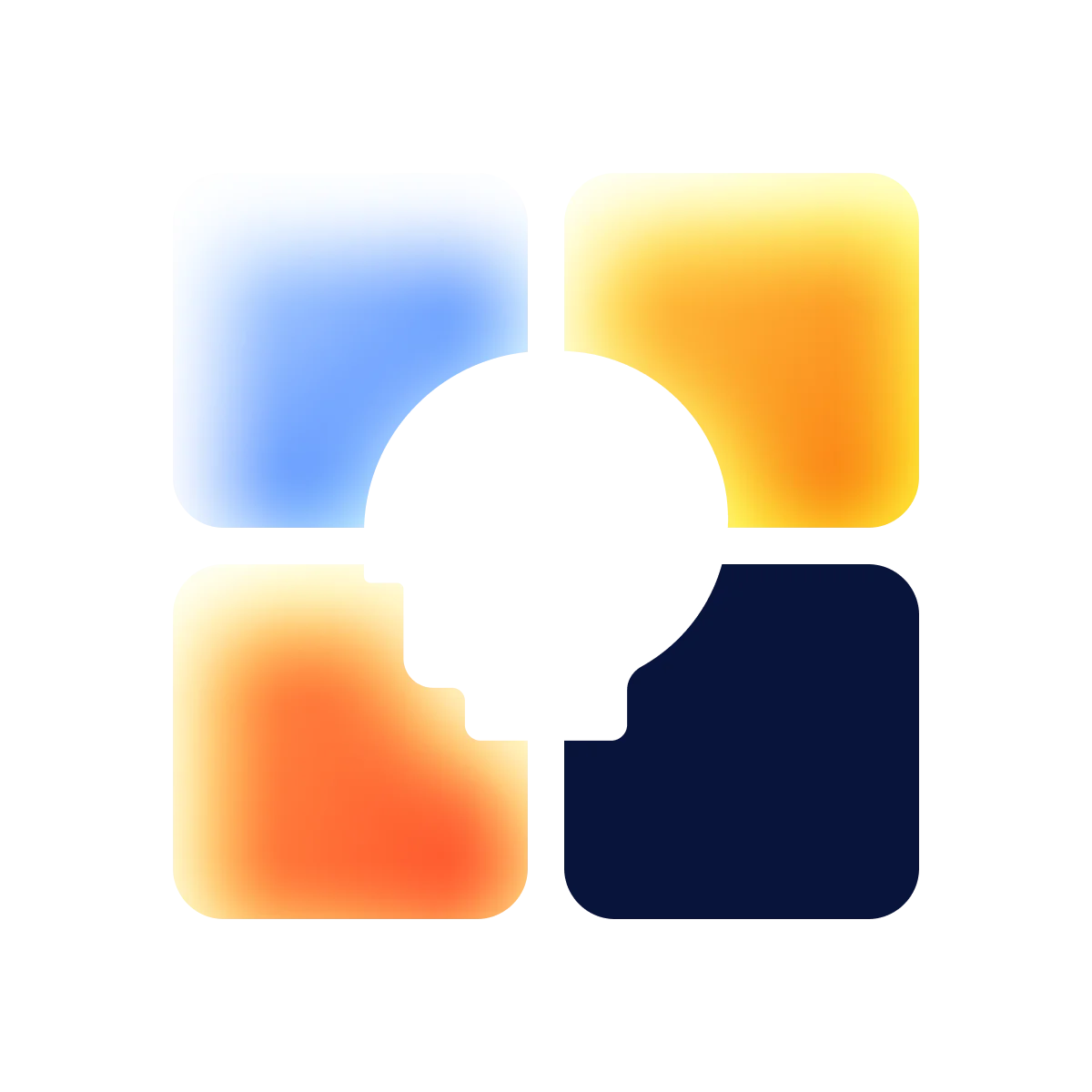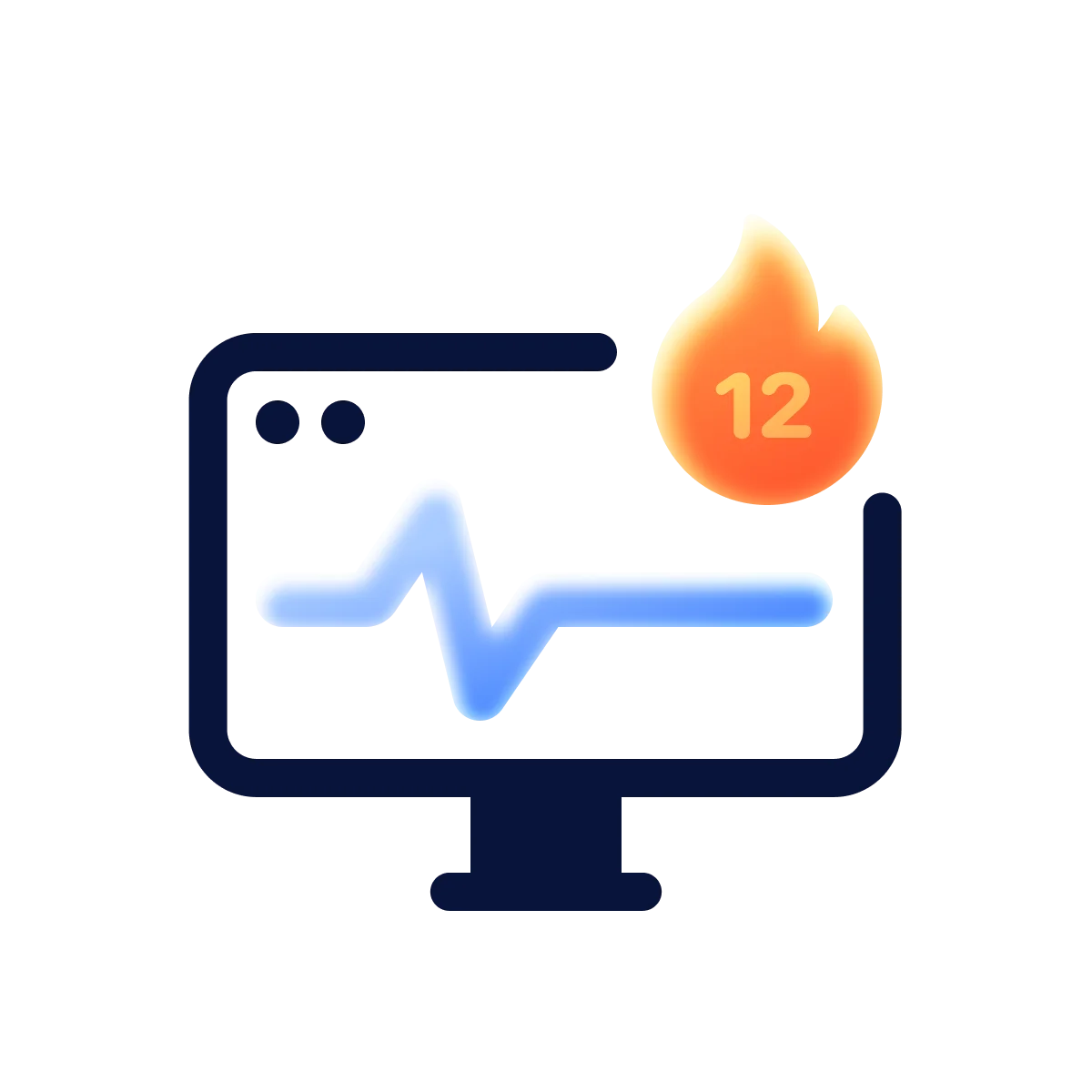Ever wondered how the top products consistently hit the mark? The answer often lies in thorough user testing. It gives you a crystal-clear view of potential pitfalls and triumphs. By taking this step, you can fine-tune your project to perfection, delighting users from day one and avoiding costly mistakes.
Сustomer satisfaction requires a thorough understanding of how people interact with your product. User testing is a powerful mechanism that helps you gain it, allowing you to refine your product based on real interactions. It helps bridge the gap between what you think users need and what they actually experience. In this article, we will discuss the importance of this process, who should conduct it, the steps for successful implementation, and its benefits and drawbacks.

User testing — a key stage in the product development process
User testing is a valuable research method used in product design and development. It aims to observe real people as they use a product or service while researchers monitor their behavior, reactions, and feedback.
With this approach, the project team can identify and address issues users encounter during the development phase. This, in turn, helps create a product that better meets customers’ needs and expectations, increasing their satisfaction and loyalty.
User testing sheds light on how real people interact with your product, empowering you to make informed decisions and create a user-centric experience.
In addition, user testing can be conducted at various development stages, from early prototypes to the final version. Depending on the project’s type, goals, and requirements, several test types can be used separately or in combination. Let’s explore some of them.
In-person testing
In this type, people test a prototype in a dedicated room or office where they won’t be disturbed, with a calm and relaxed environment. It’s essential to provide them with conditions as close to real life as possible.

Researchers closely observe participants’ interactions with the product, noting their actions, non-verbal cues, such as facial expressions and body language, and any difficulties they encounter. They may ask clarifying questions to gain deeper insights into user behavior. Still, it’s important that they do not assist the participants, as this could influence the results and compromise the test’s validity.
Remote testing
Using additional software like Google Meet, UserZoom, or Zoom, people try out the product or service from home under the supervision of a researcher. This method gained popularity during the pandemic and remains widely used due to its convenience and flexibility.

During remote testing, researchers supervise participants and may use screen sharing to observe their interactions with the product in real-time. This setup enables researchers to gather valuable insights without the logistical challenges associated with face-to-face sessions. It can accommodate diverse participants from various locations, making it easier to gather a broad spectrum of user feedback.
Contextual inquiry
Unlike in-person or remote testing, which often takes place in controlled settings or through virtual meetings, contextual inquiry allows us to see how users engage with the product in their everyday context. It is valuable for uncovering practical challenges that might not be evident in a more structured testing environment.

This method is especially useful for products designed for specific settings, such as workplace software or home automation devices. Understanding the full context in which the product will be used helps developers make more informed decisions about design and functionality to meet users’ needs better.
First impression testing
First impression testing involves evaluating how users perceive a product or service during their initial interaction without any additional instructions or prior preparation. Participants are asked to interact with the product as they naturally would, providing immediate feedback on their first impressions.

During the process, researchers pay close attention to aspects such as how easily users can navigate the interface, the attractiveness of the design, and the overall intuitiveness of the product. Any confusion or hesitation observed during this initial interaction can indicate potential usability issues or design flaws that need to be addressed.
Who should conduct user testing?
User testing can be conducted in-house if your company has the necessary resources and experts. Alternatively, you can hire organizations, agencies, or studios specializing in this field. Here are some key roles that can handle this research method:
- UX researchers & product designers. These individuals, who work directly on the product’s functionality, can organize and conduct user testing to gain valuable insights and feedback during the early stages of product development.
- UX/UI design team. Specialists experienced in interface design and user interaction can conduct the test to assess the product’s effectiveness and usability.
- Marketing and market research team. These professionals can use user testing to gather feedback on how the product is perceived in the market and its competitive advantages.
- Experts from user testing agencies. Many companies specialize in user testing services and can provide an objective evaluation of a product.

Any of these roles can effectively conduct user testing, but often, a combination of two or more experts yields the most relevant results.
The importance of user testing for businesses
User testing is a vital practice for any company looking to create successful products. Identifying usability issues before the competitors prevents frustration and enhances user satisfaction, leading to greater customer loyalty and revenue. Check out three essential reasons for prioritizing user testing for your upcoming project.
Identifying people needs
This process provides direct insights into what customers truly want from the offering. By observing how people use the product in real-world scenarios, businesses can identify features that are highly valued and those that are unnecessary. This insight prevents the allocation of resources to features that don’t appeal to the audience, ensuring that development efforts concentrate on the most significant areas.
Instead of guessing your users’ preferences, engage with them directly. By listening to their needs and frustrations, you will create a product that truly serves them.
Enhancing user experience
User feedback collected through testing enables businesses to refine the user experience. Detailed observations and comments reveal how intuitive and efficient the design is from the individual’s perspective. Addressing pain points and improving usability help companies enhance convenience and overall satisfaction. This iterative process ensures the final product is user-friendly and meets high-quality standards.

Reducing post-launch costs
Identifying issues before launch minimizes the risk of damaging the company’s reputation. Early detection allows for less costly corrective actions during development, preventing negative user experiences and maintaining a positive brand image. This proactive approach reduces the need for extensive troubleshooting and updates post-release, resulting in a stable and reliable product from the outset.
Key steps for conducting successful user testing
Ensuring the success of user testing requires adhering to a set of essential steps that guide the process from planning to analysis. These stages are critical to gaining comprehensive insights and actionable feedback. Let’s take a closer look at them.

1. Planning and preparation
This initial stage involves setting clear research goals, selecting appropriate testing methods, developing a detailed research plan, and identifying the target audience. Additionally, all necessary testing materials, including task scenarios, consent forms, and other relevant items, are prepared. Proper planning lays the foundation for a structured and efficient testing process.
2. Recruiting participants for testing
Next, participants who meet the product’s audience criteria are selected and invited. These individuals can often be potential users or people who already use similar products. Recruiting the right participants ensures that the feedback gathered is relevant and reflective of actual user experiences. It can be done through various methods, such as online panels, social media, or existing customer databases.
3. Conducting testing sessions
During this phase, participants perform tasks or interact with the product while researchers observe and note their actions, reactions, and comments. They may ask clarifying questions to understand user behavior better or simply act as silent observers to avoid influencing the user’s natural behavior. Conducting testing sessions in a structured manner helps gather valuable data on usability.

4. Analyzing results
After the testing sessions, the collected data is thoroughly analyzed. This includes reviewing video recordings of the tests, transcribing user feedback, and analyzing notes taken during observations. The aim is to identify patterns, common issues, and specific pain points encountered by users. As a result, there is a clear understanding of areas in need of improvement.
5. Reporting and recommendations
The final step involves presenting the obtained results in a comprehensive report. It may include conclusions, detailed recommendations, and actionable suggestions for further steps to enhance the product’s functionality or service. The development team will use it as a roadmap to address identified issues and refine the product.
Ultimately, the gathered information is used for further corrections and improvements. The main task now is to generate new ideas for existing prototypes to address the identified issues and refine the product.

Pros & cons of user testing
While user testing offers valuable insights that can significantly enhance a product, it also comes with its own set of challenges. To make an informed decision about incorporating this practice into your development process, it’s essential to weigh the pros and cons. Here are some of the key points.
Pros
- Risk minimization. Identifying issues and shortcomings before the product or service is released to the market helps avoid negative impacts on the company’s reputation and customer loss.
- Enhanced competitiveness. This approach aids in developing a product or service that more effectively addresses the target audience’s needs. It helps build features that distinguish the company from its competitors and draw in more customers.
- Uncover hidden issues. This process can reveal anomalies that might otherwise be overlooked. This includes minor errors such as broken links, incorrectly displayed images, or unnoticed page elements that can affect functionality and convenience.
- Enhanced Net Promoter Score (NPS). By directly addressing the issues that arise, businesses can significantly improve usability. This results in happier customers, which is reflected in higher NPS scores, indicating greater loyalty and satisfaction.
- Improved conversion rates. User testing provides insights into why users may not be converting, going beyond the surface-level data of A/B testing. By understanding visitors’ actions, businesses can make targeted improvements to enhance conversion rates.

Cons
- Time and costs. Conducting user testing can require significant effort, time, and resources, especially if done properly. The process involves recruiting participants, setting up testing environments, and analyzing results, which can be both time-consuming and expensive.
- Risk of information leakage. During testing, confidential information about the product, service, or development processes may be disclosed. It’s crucial to implement strict confidentiality agreements and protocols to protect sensitive information from being leaked.
- Specialized knowledge is required. Usability testing necessitates a certain level of expertise, often requiring the hiring of external specialists if internal knowledge is lacking. This adds to the process’s cost and time investment, making it a more complex task.

While user testing has its drawbacks, its advantages usually outweigh the disadvantages, especially when testing is performed correctly and with the right and experienced team.
Is your product user-ready?
Incorporating user testing into your product development process can uncover hidden issues, enhance user satisfaction, and boost market competitiveness. While it requires time, resources, and expertise, the insights gained are invaluable. Ultimately, deciding whether to test or not depends on your specific needs and objectives.
If you’re in the middle of prototyping your project, explore our product development services. During this process, Halo Lab’s team will guide you through all necessary stages, including insightful testing, and help elevate your product to the next level.
in your mind?
Let’s communicate.






























